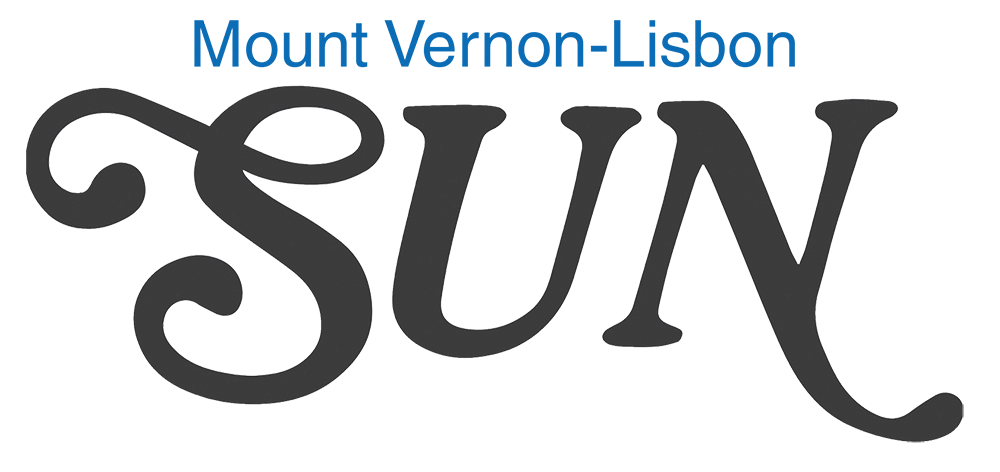Last week, many citizens received notices of what proposed levy rates will be for city, county, and school districts, as has been the case over the last two years.
A table on the back page of that publication, however, is not properly reflecting the changes in levy rates from last year to this year, as that table reflects a 10 percent growth rate in assessment from last year to this year.
Assessments of property happen in odd years in the state of Iowa, and including a hypothetical on property increases confusion with people who do not catch that 10 percent difference in what is being compared.
In an odd year, that inclusion would get closer to helping tax payers be able to compare what they paid in levy rates this year and how their assessed value may impact the tax rate this year.
But as Mount Vernon city administrator Chris Nosbisch said, this table isn’t comparing apples to apples in a year with no changes to assessed value and makes it look like the levy rate has increased far more than it has for the city. Mount Vernon’s levy rate increased roughly $0.16 per $1,000 this coming fiscal year, which Nosbisch said is more accurately a 3.57 percent increase in tax rates. Mount Vernon Schools are also seeing a decrease in their levy rate this year, but that does not reflect with the 10 percent assessment added to that levy rate.
As Nosbisch and Siggins have both admitted, this year is going to be a tighter budget year for both communities. The city of Mount Vernon will be making cuts to some staff this year, and possibly next year as well. That’s already challenging enough.
If the goal of providing information to taxpayers was to be clear what levy rates are from year to year, utilizing a table that reflects a 10 percent growth in valuation muddies that water when it isn’t a year where valuations are slated to increase.
